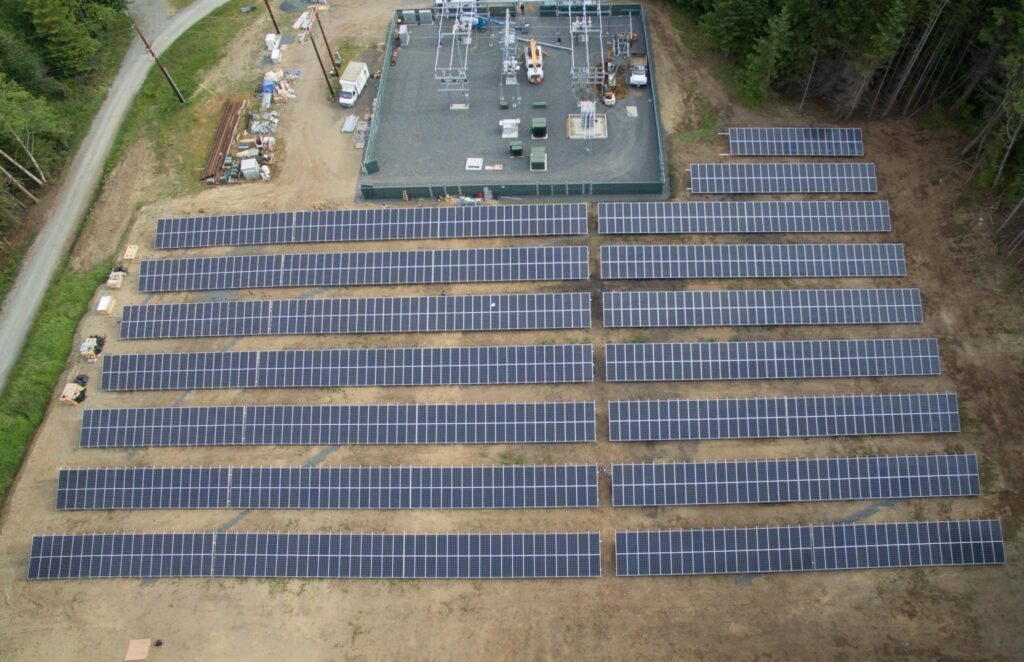
NIMBY
Everyday we’re reading about new breakthroughs with solar and renewable energy but large scale technological transformations result in disruption, even in “green-minded” Washington State.
Here and across the country, solar “farms” are sprouting up and in some cases without much control about where the installations are located as noted in this article by the Seattle Times. This is causing pushback from communities like in Klickitat County, where they’ve had little input on the siting of solar and wind farms because of land use decisions made a couple of decades ago, intended to streamline the permitting process for renewable energy while creating a tax revenue stream for the community. As a result, Lind, Washington, now has a solar farm covering 200 acres with 81,7000 solar panels situated on the hills overlooking the town – and not everyone is pleased with the view.
The opportunity to earn income as reliable as the sun has tempted many landowners in Klickitat County to sell or lease their land to solar development companies, pitting neighbors and their intentions for using their land, against each other. While one family might want a home with majestic, sweeping views of the countryside, their neighbor may want to take advantage of the opportunity to earn income from their property with a solar or wind farm.
Surprising Conflicts And Alliances

Similar issues have arisen across the US and at times, pitted one environmental group against another as there are inevitably some sort of habitat impacts on virtually any site. These groups are learning that their best intentions to fight against climate change can also be a barrier to other forms of protecting our planets inhabitants. For example, a proposed 690MW (megawatt) Mojave desert solar project, 30 miles outside of Las Vegas has faced criticism because of it’s potential threat to a desert tortoise species.
Compromise
As a result of these emerging siting issues, Washington’s Legislature set aside $500,000 help fund a study with Washington State University, Audubon and the American Farmland Trust, to identify locations where solar farms will cause the least conflict. With 21 proposed solar projects in the pipeline here in Washington, the study will be extremely helpful for land owners, environmental groups, solar developers, financiers and politicians. Unfortunately, the money for the “Least Conflict Solar Siting” study isn’t available until 2023.
As we move forward with our clean-energy revolution, it’s important to recognize that every action, no matter how well intentioned, comes with a reaction. It’s our job to make the transition thoughtfully and with as little impact to the natural environment as possible.



